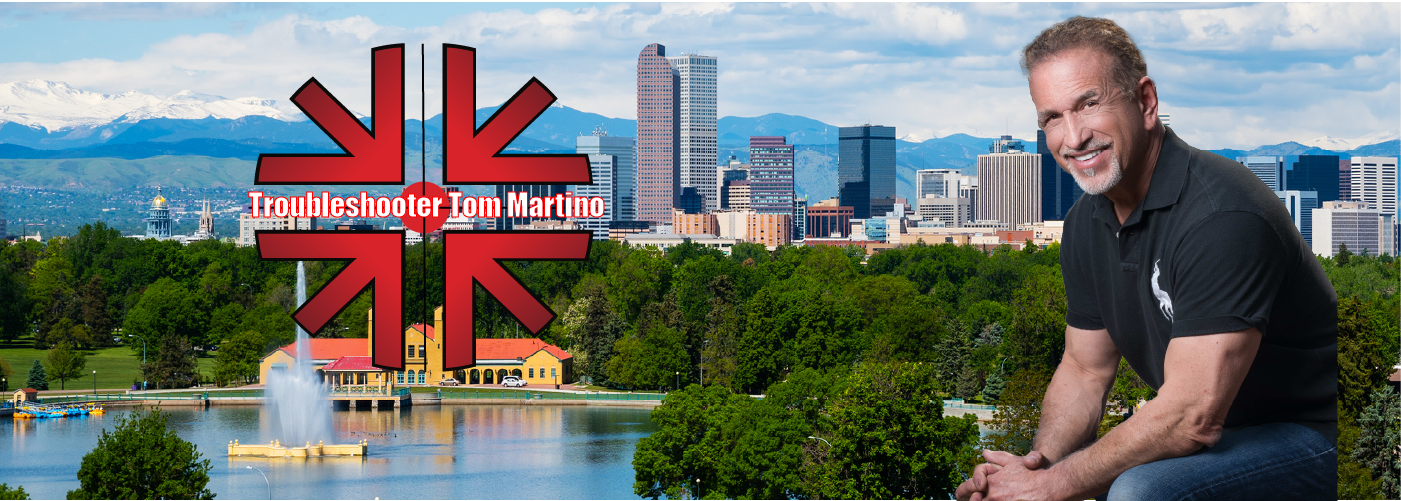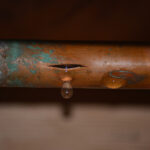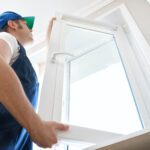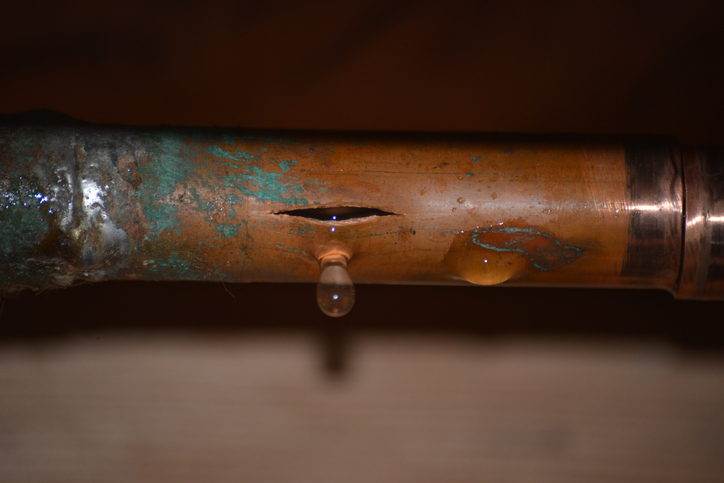During the winter there is no telling when temperatures will fall and pipes will freeze – especially overnight. If that happens, you could have a major mess on your hands! That’s because water expands as pipes freeze, often causing pipes to burst. The results can be devastating. Even with insurance coverage, the inconvenience is terrible.
So, let’s go over the basic ways to prevent frozen pipes.
Fix troubled areas – In many homes there are certain areas where pipes tend to freeze repeatedly in extreme cold temperatures. If you have some of these troubled areas, they ALL have one of the following problems. Either cold from the outside is getting to those pipes, or heat from inside is not getting to those pipes. So, to stop the trend, you need to make changes to those areas. Some of these areas are where pipes are up against exterior walls; crawl spaces where pipes may run below floors; or under cabinets, where doors block heat to under-sink plumbing.
Open sink cabinet doors – As mentioned above, cabinet doors can block heat enough to cause freezing of supply water lines under sinks. Therefore leaving the sink cabinet doors open serves as an extra precaution to keep warm air flowing to water supply lines.
Drip, drip, drip – Sometimes you’ll notice that some faucets seem to slow down when it’s frigid outside. If you can’t figure out why, don’t take the chance it will freeze. As an extra measure of safety, you can leave the facet “cracked” a bit to let the water ever-so-slowly drip. The moving water often prevents freezing.
Heat Wire – One of the easiest preventive measures to implement, if you can get to the pipes, is to install new thermostatic self-regulating heat wire. This heat wire requires no controls. You simply tape it alongside pipes or wrap it around them, then plug it in. The cold causes the conductive core of the wire to contract microscopically, increasing conductivity, allowing it to heat up. When temperatures rise above freezing, the wire automatically stops the current flow. Therefore, you can keep this wire plugged in year-round.
Insulation – Pipes inside, or up against, exterior walls need protection from severe temperatures. Therefore, you need to insulate between those pipes and the exterior wall, if you can manage that, or insulate around the pipe. Do not just lay insulation over the pipe, if that pipe is up against an exterior wall. Doing so can do more harm than good because it traps those pipes in a cold space near the exterior wall, and prevents heat from getting to it. If you can not insulate, use the self-regulating heat wire.
Disconnect Hoses – No matter what kind of new “drain-back” hose spigots you have, they will freeze if a hose is attached during freezing weather! That’s because water gets trapped by the hose. Do not make the mistake of thinking that loosening them for water to leak out is good enough. Hose must be disconnected completely!











